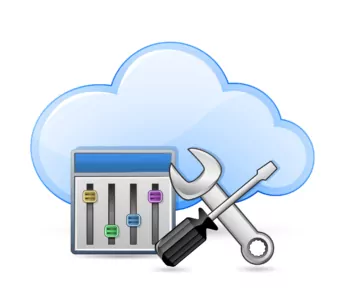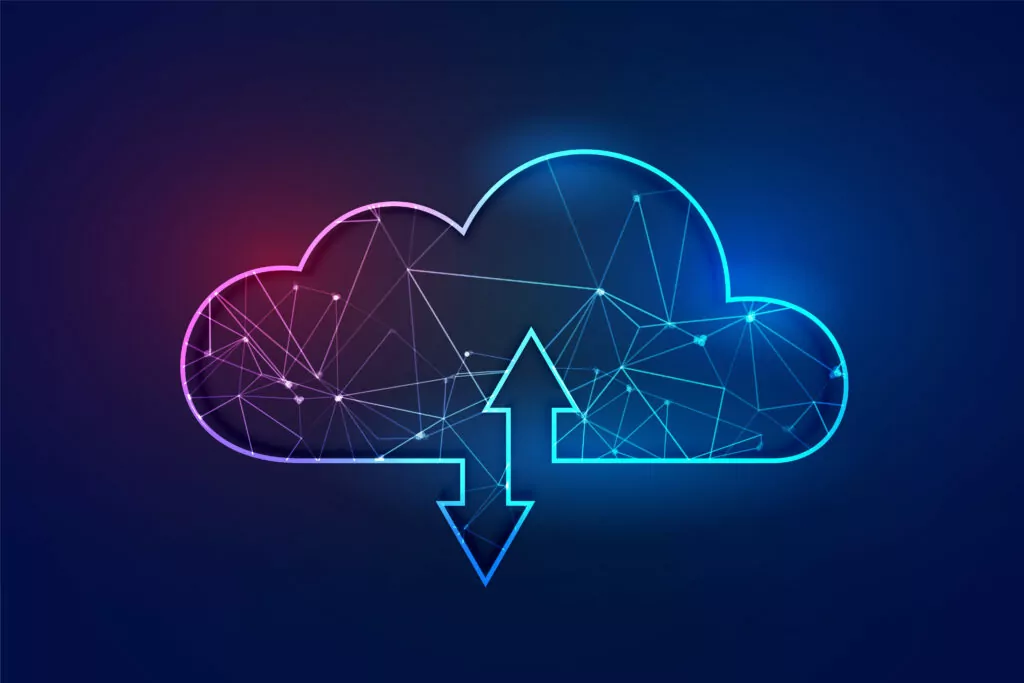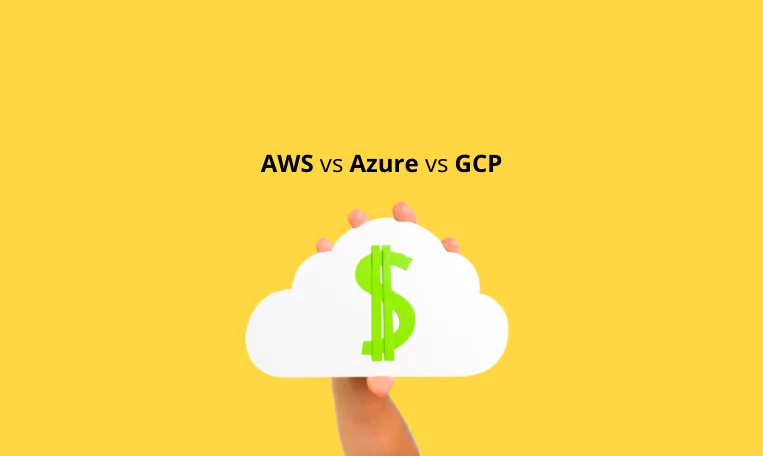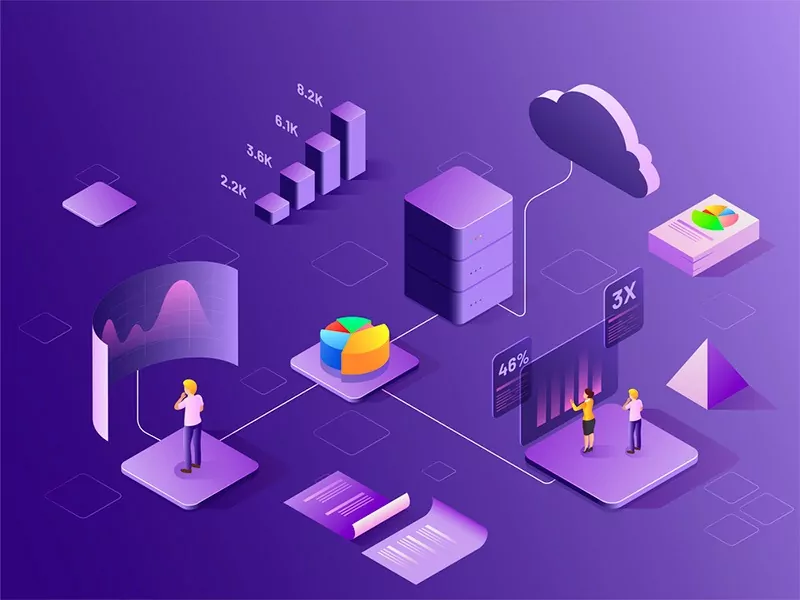Gartner recently published a guide called How to Manage and Optimize Costs of Public Cloud IaaS and PaaS. In the key findings, they comment that “focusing on efficient use of cloud services brings immediate and tangible financial benefits. Unfortunately, most organizations are unprepared to profit from this savings opportunity and they’re likely to overspend.”
With cloud costs rising year on year, cloud cost optimization is an item on every organizational roadmap, and yet Gartner states that most organizations are unprepared. Here’s some of the best practices that can help you to get ahead of the game. (For more information, see our Guide to Cloud Computing Costs.)
Table of Contents
ToggleMake the Most of Native Cloud Provider Cost Optimization Tools
Firstly, as Gartner continues in its guide, whether it’s AWS cost optimization tools, tools to reduce Microsoft cloud cost, or cloud cost optimization services for GCP, there are a number of native cloud provider tools that can help you put your best foot forward. Let’s look at the main in-built tools for the Big Three.
AWS Cost Optimization
AWS cost optimization tools can be used at many stages of your cloud migration project, from organizing your resources effectively, to reporting on cloud spend to the board, or establishing smart governance rules for access and control that keeps costs low. Here are a few examples:
– AWS cost allocation tags: You can use these to organize your resources on your cost allocation report, to make intelligent categories that help you to track costs. There are two kinds, AWS-generated and user-generated tags. You can use these tags to filter view in Cost Explorer, and to analyze overall spend.
– AWS cost categories: AWS allows you to create your own custom rules that can be applied to your specific business structure. Once defined, these can be automatically applied to organize your costs from the start of each month. You can then view and monitor spend in Budgets, Cost Explorer, and in your Usage Report.
– AWS budgets: This is a great native tool that allows all AWS users to track usage costs, even for very complex use cases. If your forecasted cost or your actual usage climbs over your assigned threshold, you’ll be alerted immediately, or you can even set up automation to take actions like closing down a service to reduce overspending.
Azure Cost Management
For reducing Microsoft cloud cost, Azure also has a whole host of in-built tools that can be used, including Azure cost management and billing for budgeting, the Azure pricing calculator that can help you to estimate and forecast, and Azure advisor, which provides free, automated cloud optimization recommendations for how you might be able to optimize costs in your cloud environment. As well as optimization tools, they regularly suggest tips and tricks for reducing cloud spend, including:
– Shutting down unused resources
– Right-sizing undersized resources
– Using reserved instances
– Benefiting from Bring Your Own Licenses
– Enabling auto scaling and auto shutdown
– Choosing the right compute service for your needs
– Setting up smart budgets and alerts
Cloud cost optimization on GCP
Google cloud also offers a wide range of billing and cost management tools that can make a real difference when working on optimization to minimize costs. The cloud provider offers intelligent recommendations for budgeting and cost allocation, a smart resource hierarchy tool that lets you assign permissions and usage, and reports and analytics that provide true insight into what you’re spending.
If you’re new to GCP, try the Beyond Your Bill video series, which is a great way to get started.
Network Optimization Tools and Techniques
Once you’ve got all you can out of the native cloud provider tools, you may be looking for more visibility and control in the form of a third-party optimization tool, or something for additional cost optimization. Best practices to look out for include:
Visibility: A clear map of all of your application topology will help you share any insights with the rest of the organization, without needing to rely on technical stakeholders alone. The best solutions will provide a full map that gives immediate visualization of the problems at hand.
Insight: Without being able to visualize dependencies, your map is just a static representation of assets. Application dependency mapping should be able to show you the interactions between your servers and traffic, including what is having the biggest impact on your bottom line.
Recommendations: If it isn’t actionable, it’s not worth the price tag. The smartest technologies for cost optimization will show how to reduce latency, when to move to reserved instances, how to shut down idle resources, and more. You’ll even be able to plan ahead to forecast network costs over time.
Optimize Cloud Costs with Faddom
Cloud cost optimization is a challenge, but with Faddom, you can go beyond native tools and gain a clear picture of your IT environment. With fast deployment and dynamic application dependency mapping,
Faddom helps you identify inefficiencies and right-size resources and reduce costs without guesswork.
Start managing your cloud costs effectively today by signing up for your free trial!









